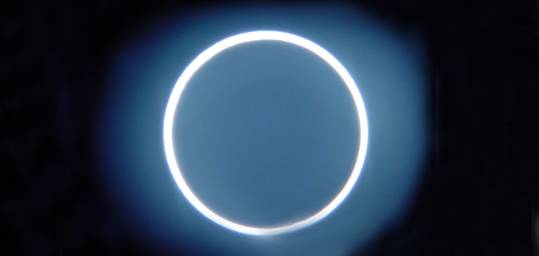Activity for Making a Pinhole for Pinhole Projection !!

First, a couple of thick card board is supplied. Then you should make a small home towards the center of the one of the card boards supplied. You might use a sharp pin for this or a pencil could also be used. Make sure that the hole is circular while you're performing this. Then this prepared card board is held perpendicular to the Solar rays and the other card board is held parallel to the prepared card board so that the image of the Sun is created in the second card board help parallel to the other. You can adjust the distance between the card boards to get a better image of the eclipse, Here you Go..

Now you can indirectly look at the eclipse by watching the latter card board, which will feature the eclipse at the same time !!
Simple optics for an eclipse watch !!
Anyone, even kids can try out this method individually and when it comes to practically looking at the eclipse it's better to have an adult supervising.























